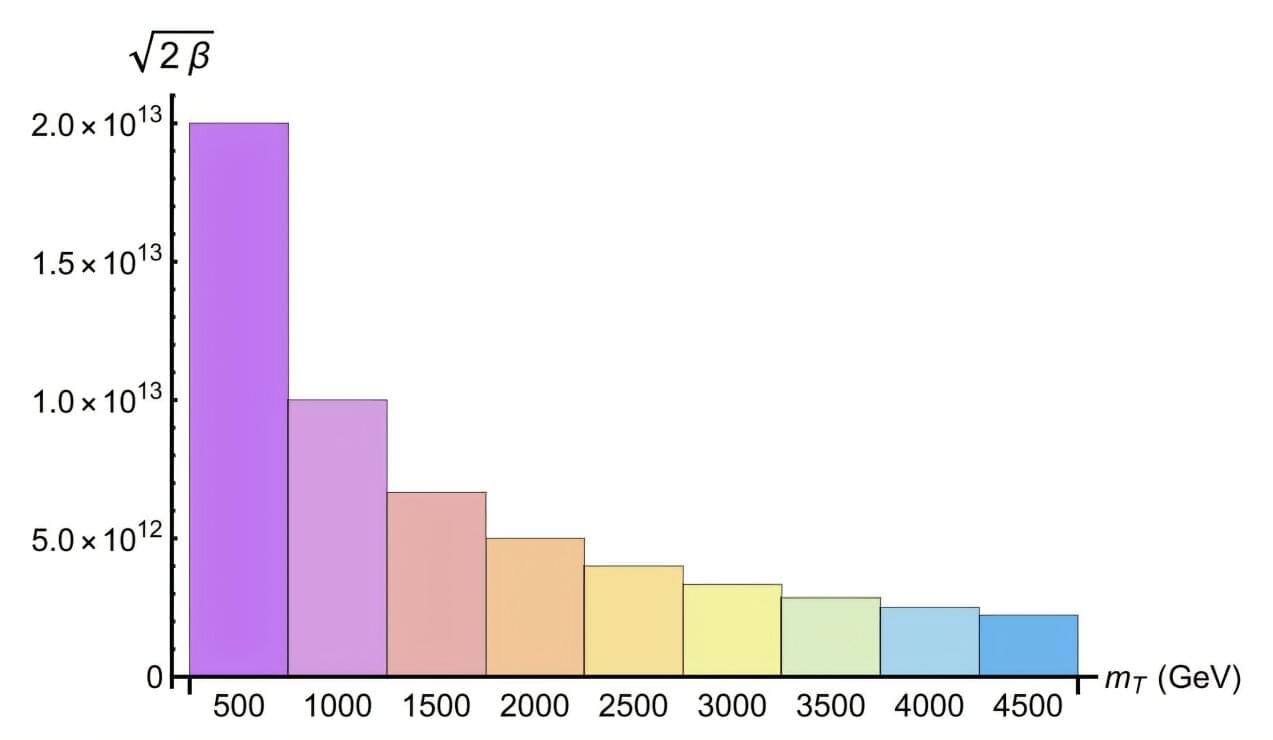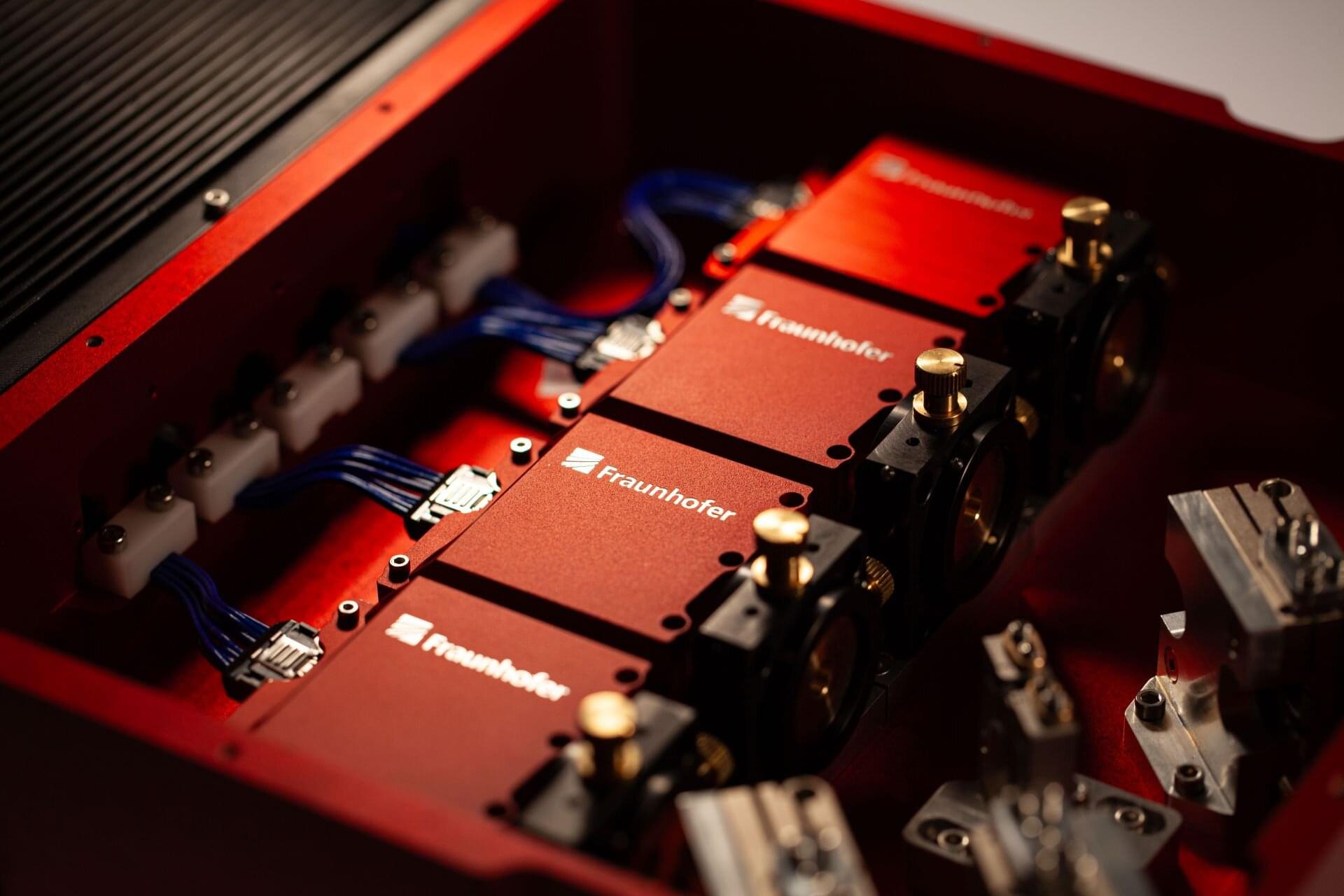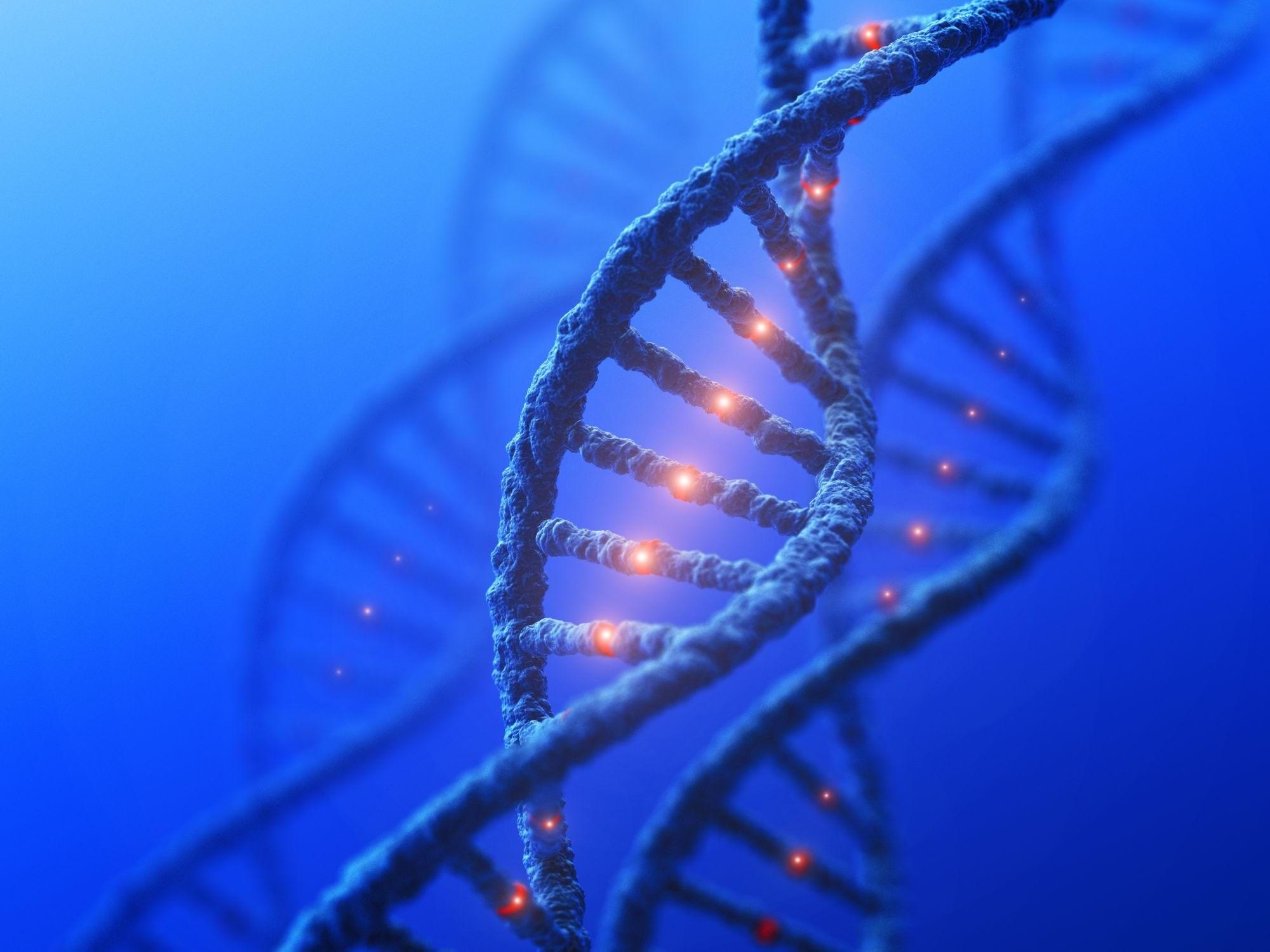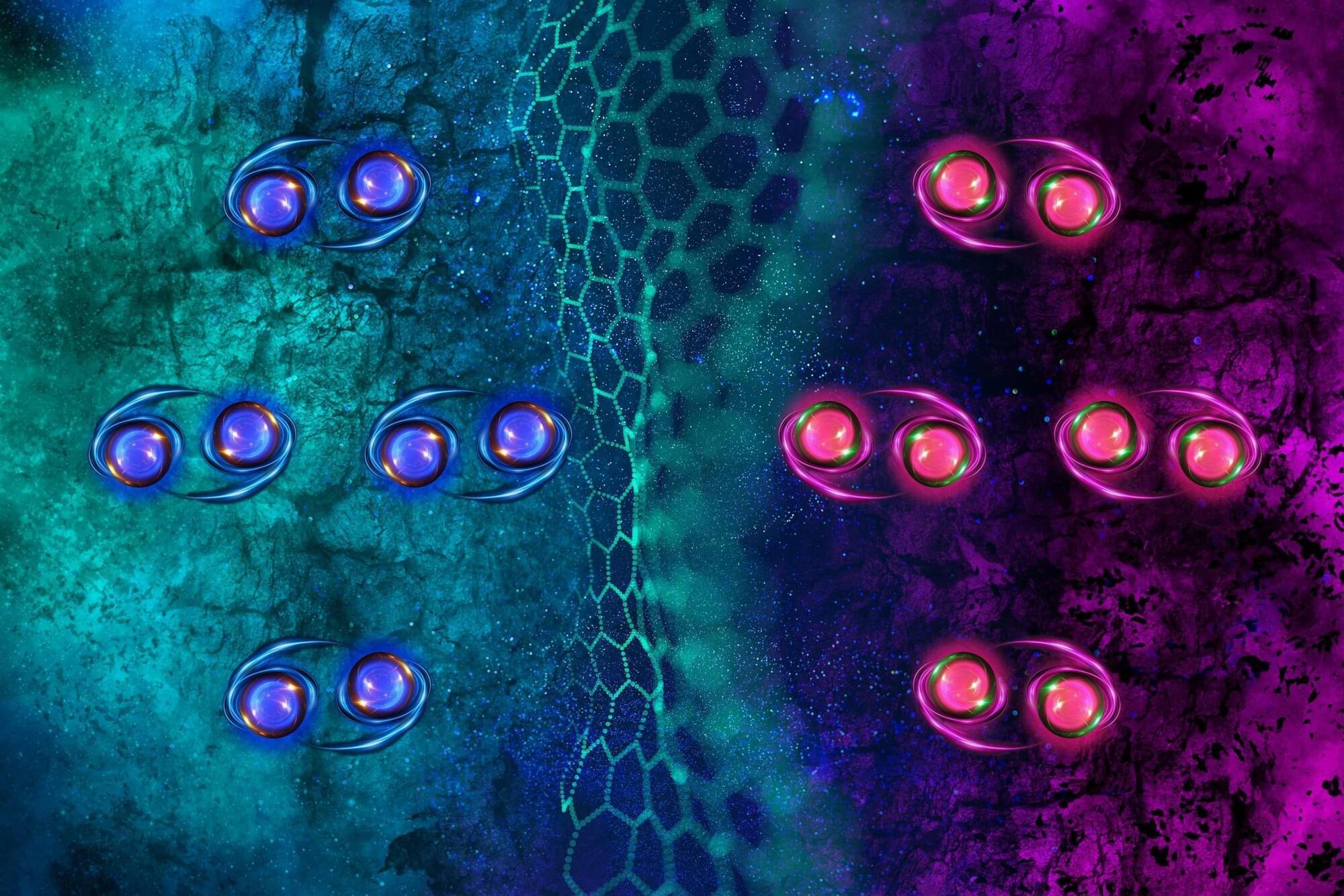Final results from a long-running U.S.-based experiment announced Tuesday show a tiny particle continues to act strangely—but that’s still good news for the laws of physics as we know them.
“This experiment is a huge feat in precision,” said Tova Holmes, an experimental physicist at the University of Tennessee, Knoxville who is not part of the collaboration.
The mysterious particles called muons are considered heavier cousins to electrons. They wobble like a top when inside a magnetic field, and scientists are studying that motion to see if it lines up with the foundational rulebook of physics called the Standard Model.









